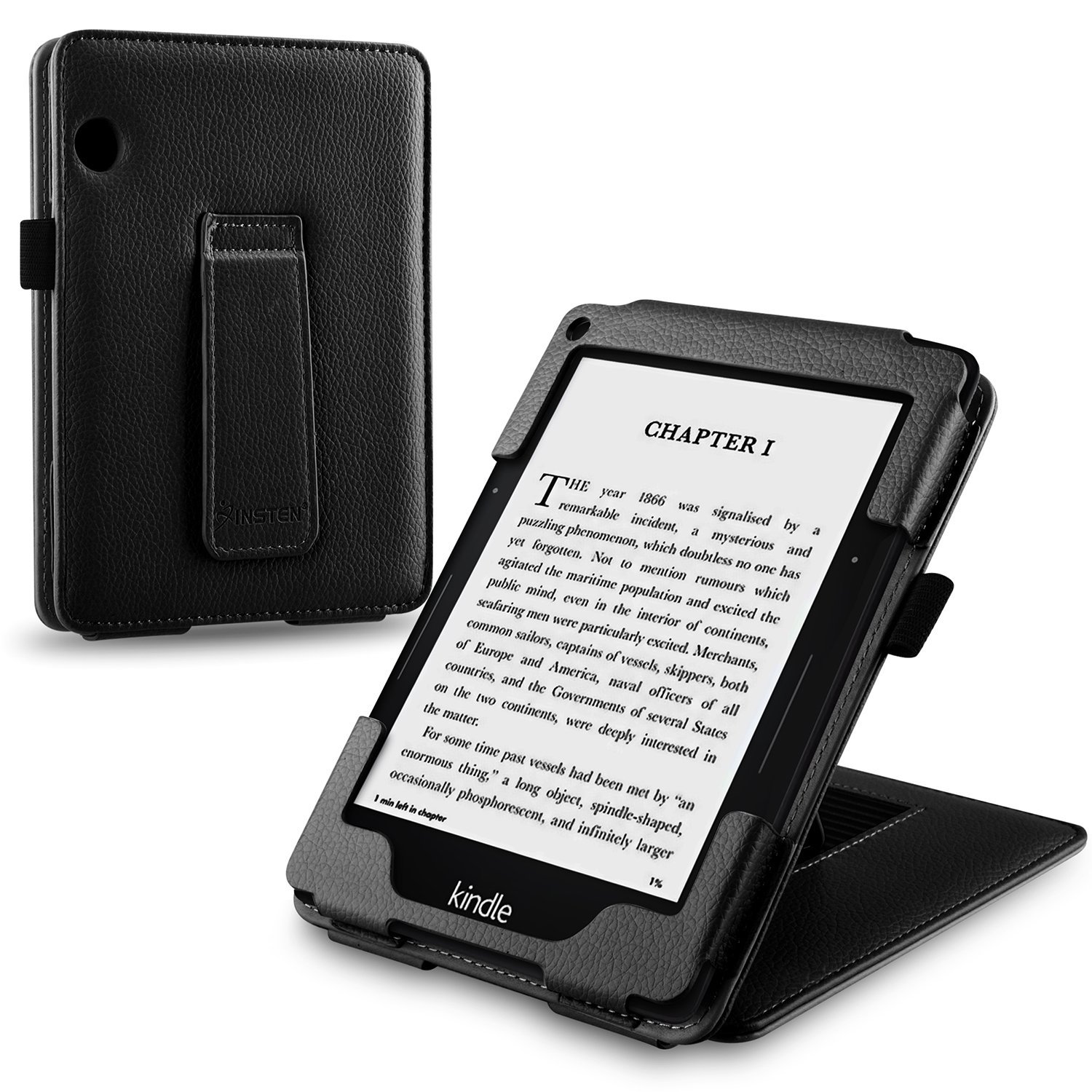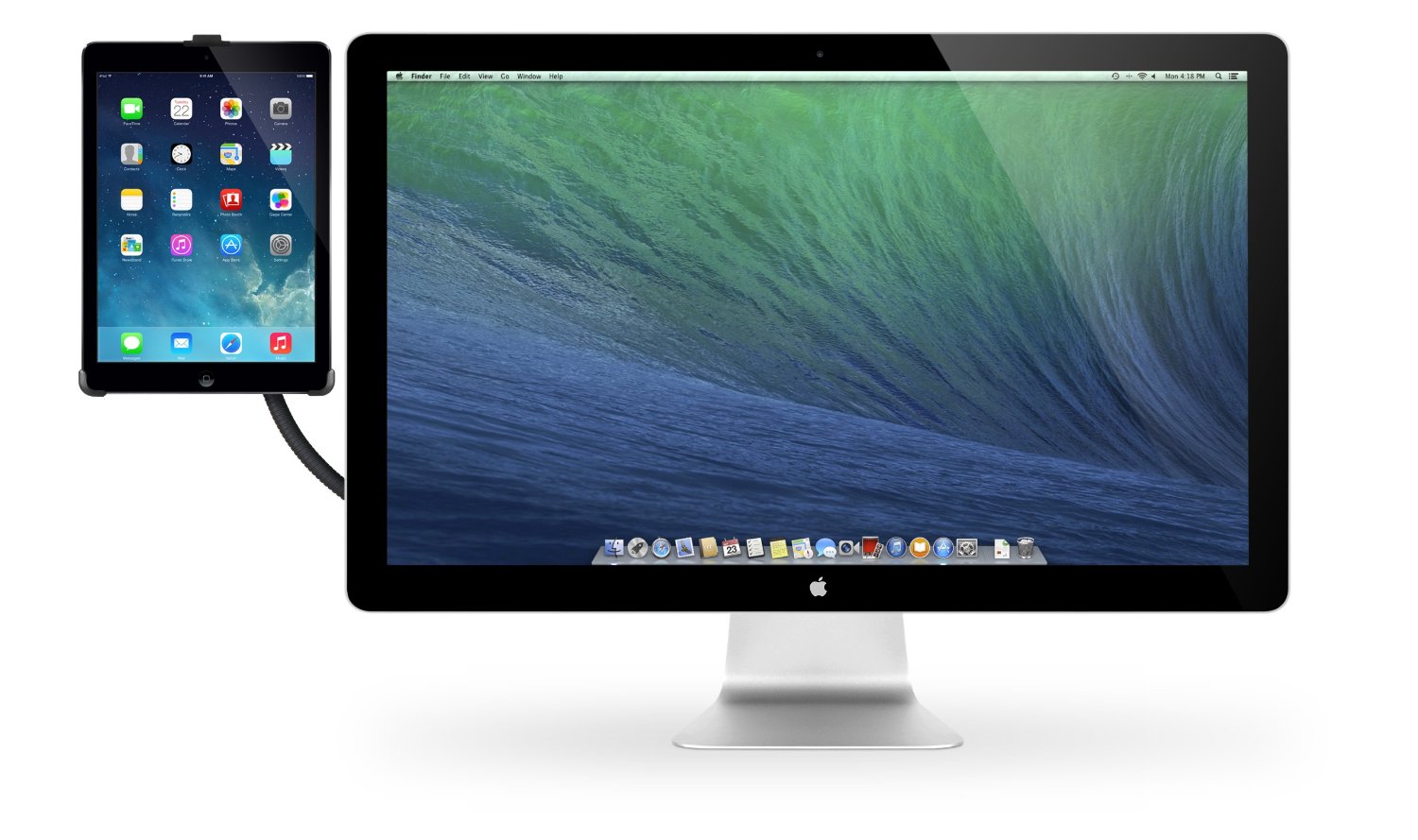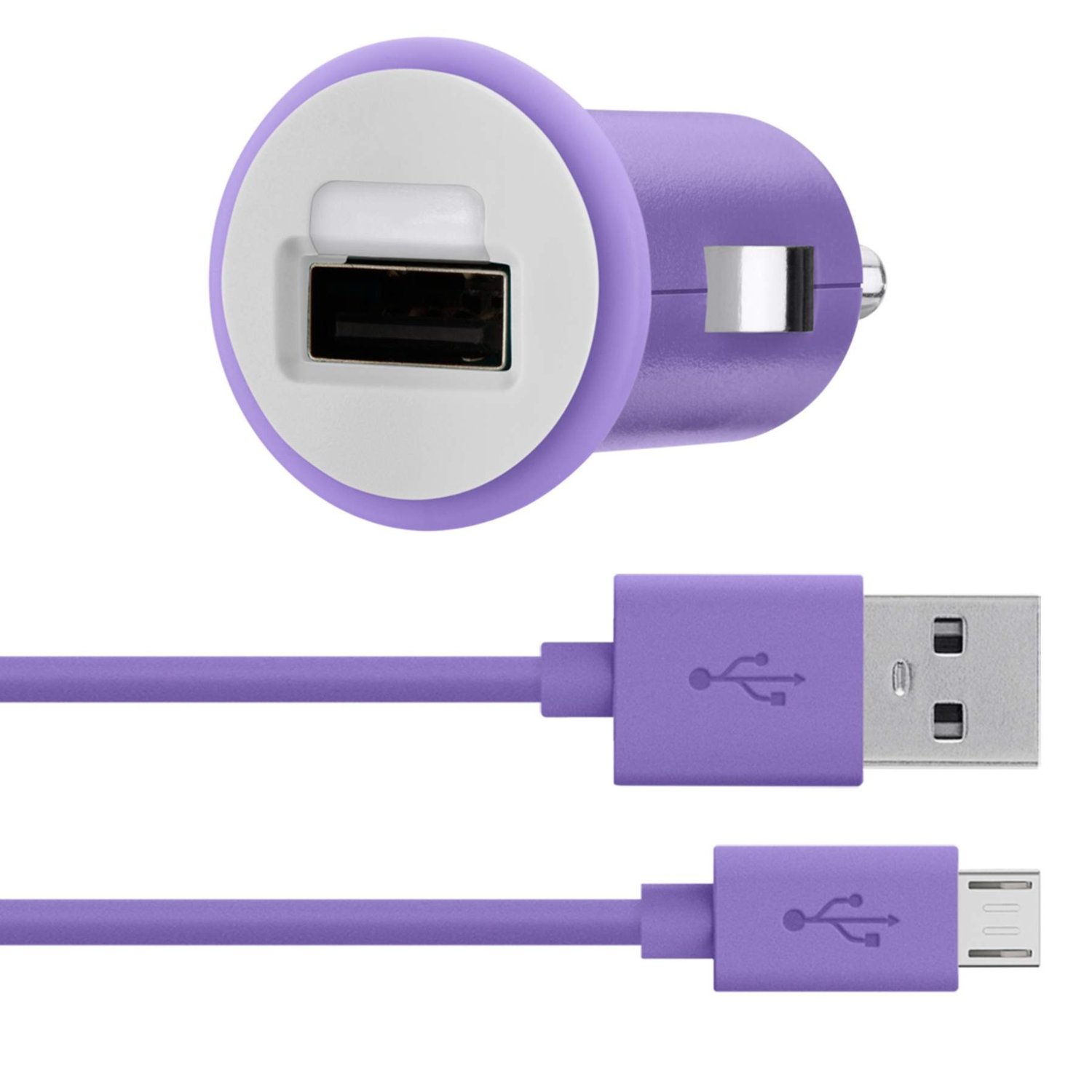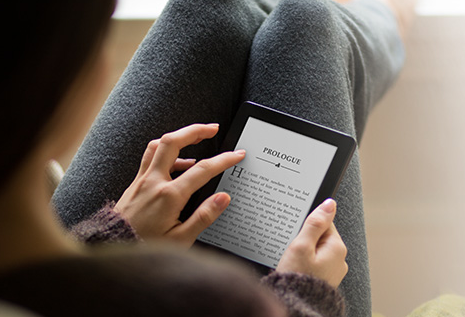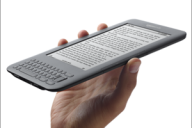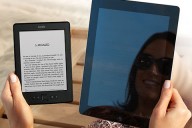e-Book Reader Buying Guide (2009) – Part I
0The holiday season is finally upon us, and there is no better time to pick up an e-book reader. Barnes and Nobles has already announced the Nook, and you can always trust Amazon Kindle as your next e-book reader. Add Sony Readers to those, and you have a few decent options if you are looking to pick up a brand new e-book reader or gift one to your friends and family members. Choosing an e-book reader is not that difficult. Most of the top ones come with a standard set of features. It really comes down to those small details. In this series, I intend to go over those details to help those who have not owned an e-book reader before decide what unit to go with.

Before talking about any specific e-book reader, it’s essential to go over a few factors that you should consider before picking up an e-reader. Here are the factors that you should pay attention to before buying an e-reader:
- Brand: brand is important. When you purchase a device from Amazon or Barnes and Nobles, you know you are covered after you have parted with your money. Make sure you read the forums to find out how these companies have dealt with their past customers.
- Display Size: I personally prefer larger e-book readers, but 6 inch screens seem to be standard at this point. Kindle DX is the best large screen e-reader on the market for those looking for such device.
- Storage: internal storage is important, especially if you intend to take a lot of books with you on the go. Having the option to expand your internal memory with SD cards matter as well.
- Doc Formats: the most important buying factor for many people. If you intend to read ePub or PDF files on your e-book reader, make sure your e-reader can handle those files.
- Battery Life: the last thing you want to do is buy another gadget that requires you to charge your battery every day or so. Kindle can go for 14 days per charge while Nook can go for 10 days.
- PPI: Pixel Per Inch is something a lot of folks don’t pay attention to. It’s true that most e-book readers come with similar PPIs these days. But if you are a perfectionist, you may want to take time to figure this out before picking up a unit.
- Gray Level: the higher the better. As simple as that. If you want to enjoy a better reading quality on your e-reader, you want a device that comes with a higher gray level.
- Content: if you are picking up an e-book reader, you have to know where your content will come from.
- Wireless: most e-book readers take advantage of AT&T’s wireless service these days. Kindle DX is still on Sprint, but that could change soon as well.
- Resolution: yet another factor that determines how rich your reading experience will be on your e-book reader.
- Price: you won’t be able to find a dirt cheap e-book reader these days. But some e-readers are more expensive than others. For instance, if you don’t need a large screen reader, you can save $200 by getting a Kindle 2 instead of Kindle DX.
Choosing an e-book reader is not that difficult. Most of the top e-book readers today come with similar features as far as the above factors are concerned. There are still differences, which is why everyone should take time to compare e-readers based on the above factors to find the one that comes with everything you need to read books on the road. Fear not as we will cover the specific units that you may want to consider picking up for this holiday season.

